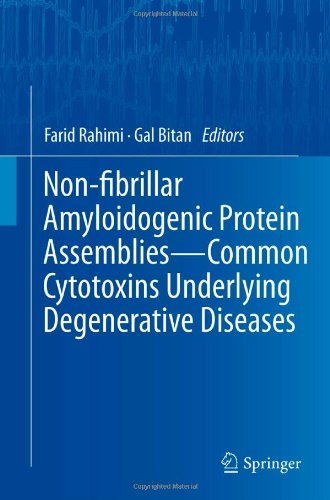

Most ebook files are in PDF format, so you can easily read them using various software such as Foxit Reader or directly on the Google Chrome browser.
Some ebook files are released by publishers in other formats such as .awz, .mobi, .epub, .fb2, etc. You may need to install specific software to read these formats on mobile/PC, such as Calibre.
Please read the tutorial at this link: https://ebookbell.com/faq
We offer FREE conversion to the popular formats you request; however, this may take some time. Therefore, right after payment, please email us, and we will try to provide the service as quickly as possible.
For some exceptional file formats or broken links (if any), please refrain from opening any disputes. Instead, email us first, and we will try to assist within a maximum of 6 hours.
EbookBell Team

4.7
96 reviewsAmyloid-forming proteins are implicated in over 30 human diseases. The proteins involved in each disease have unrelated sequences and dissimilar native structures, but they all undergo conformational alterations to form fibrillar polymers. The fibrillar assemblies accumulate progressively into disease-specific lesions in vivo. Substantial evidence suggests these lesions are the end state of aberrant protein folding whereas the actual disease-causing culprits likely are soluble, non-fibrillar assemblies preceding the aggregates. The non-fibrillar protein assemblies range from small, low-order oligomers to spherical, annular, and protofibrillar species. Oligomeric species are believed to mediate various pathogenic mechanisms that lead to cellular dysfunction, cytotoxicity, and cell loss, eventuating in disease-specific degeneration and systemic morbidity. The particular pathologies thus are determined by the afflicted cell types, organs, systems, and the proteins involved. Evidence suggests that the oligomeric species may share structural features and possibly common mechanisms of action. In many cases, the structure–function interrelationships amongst the various protein assemblies described in vitro are still elusive. Deciphering these intricate structure–function correlations will help understanding a complex array of pathogenic mechanisms, some of which may be common across different diseases albeit affecting different cell types and systems.